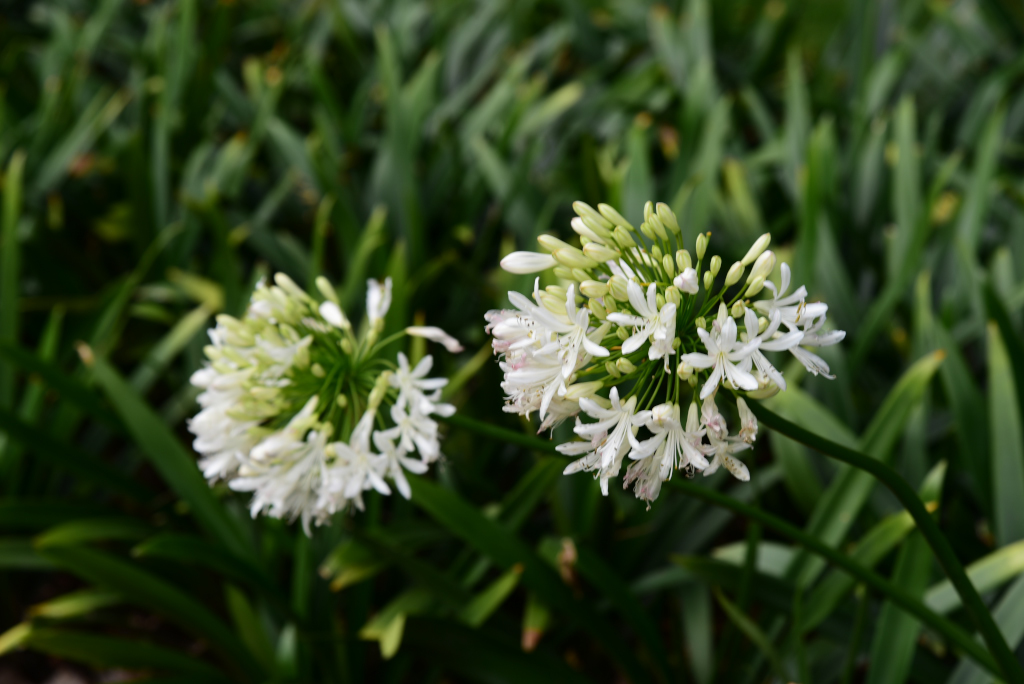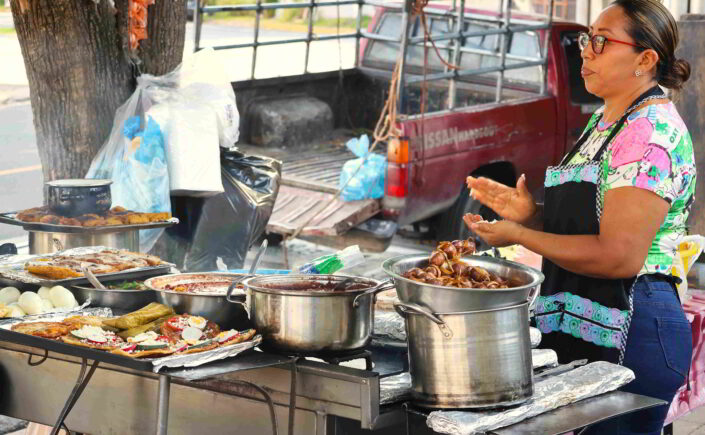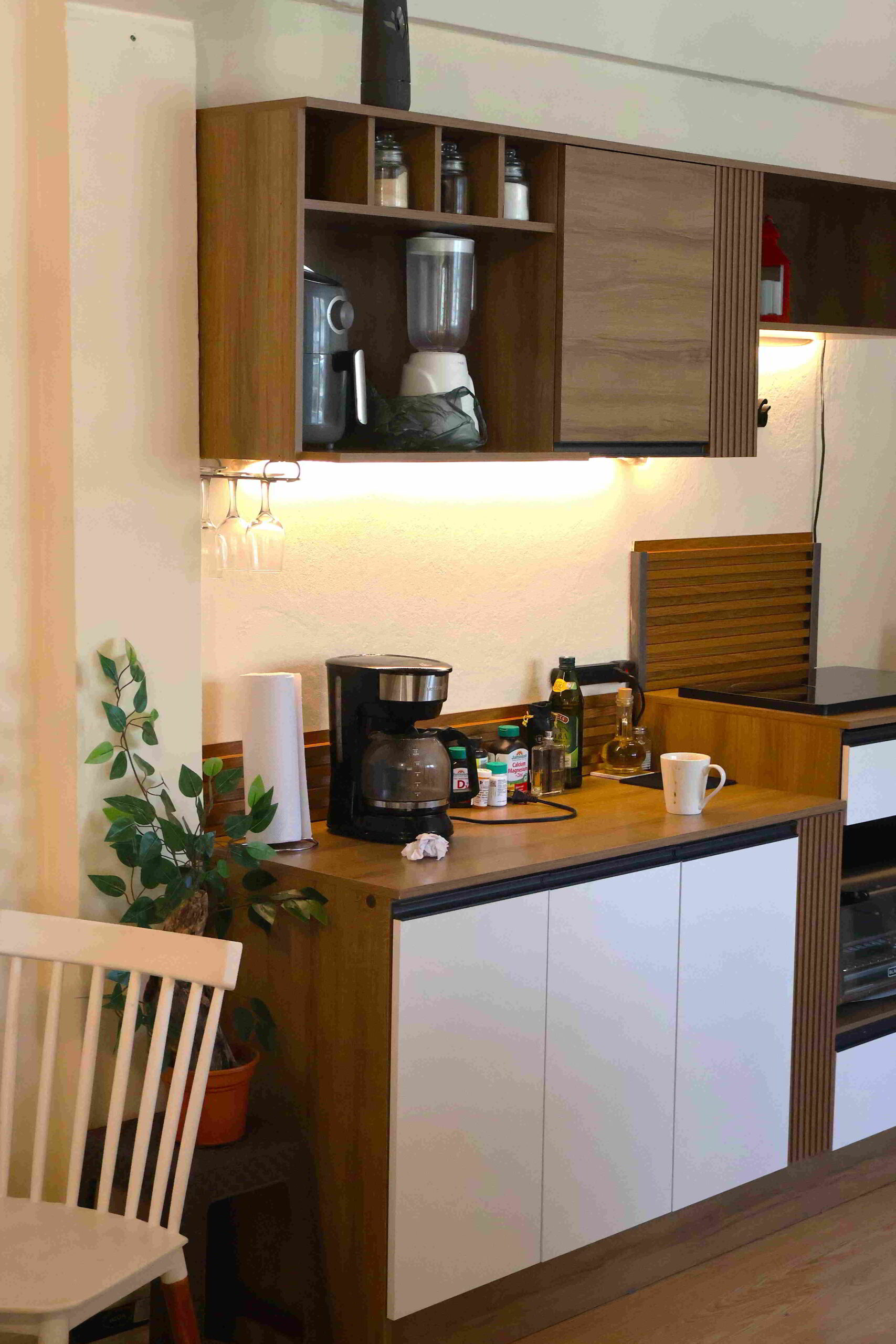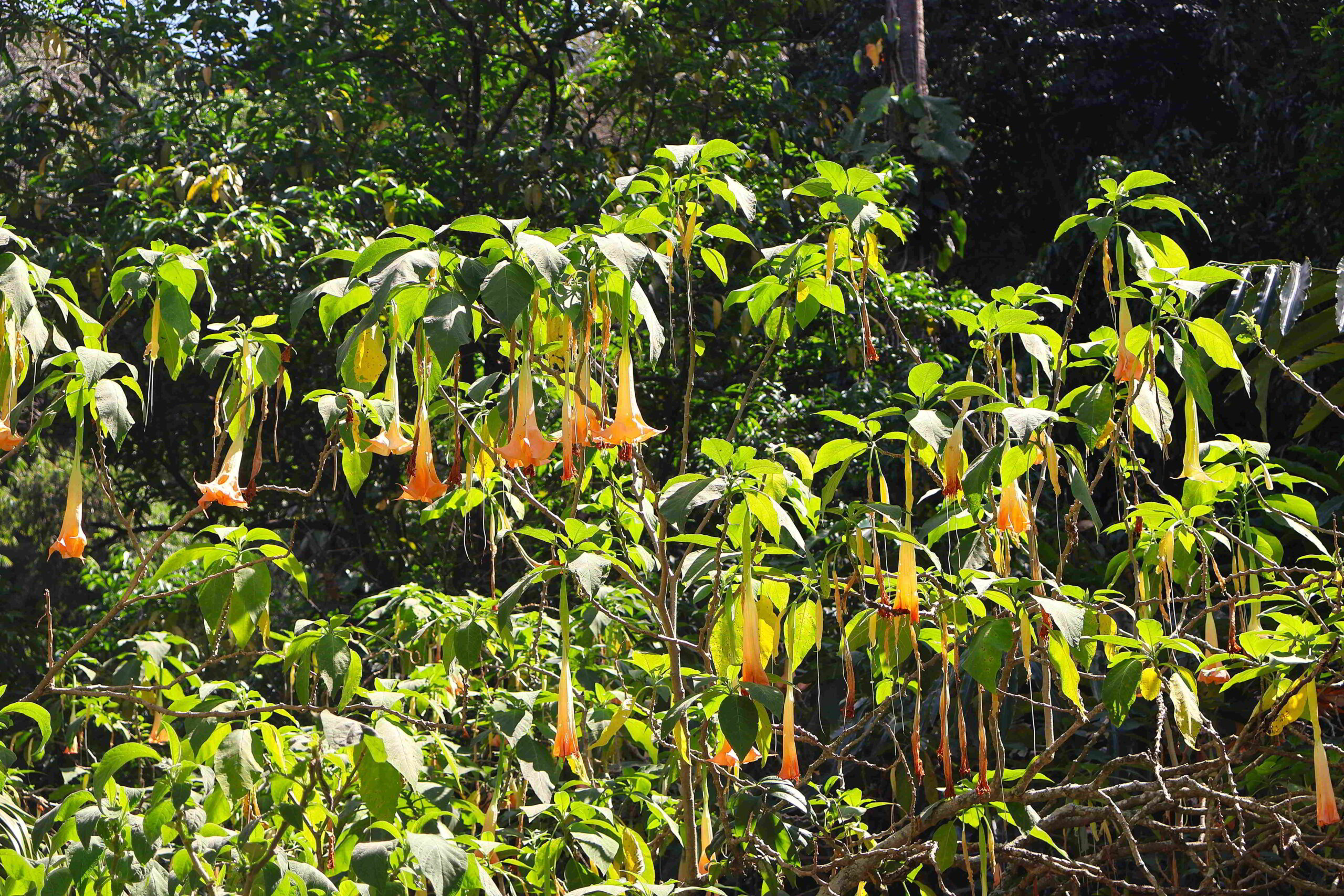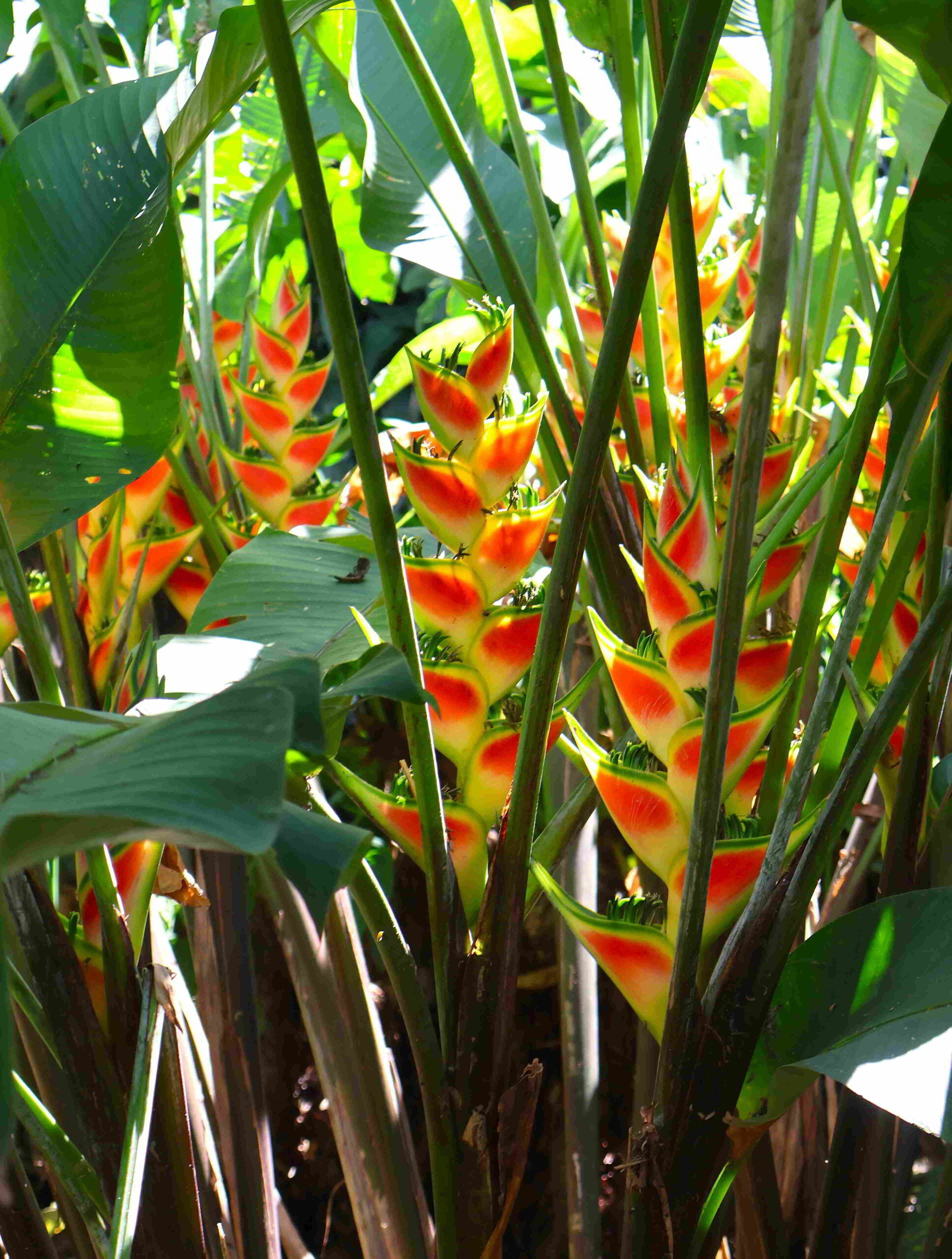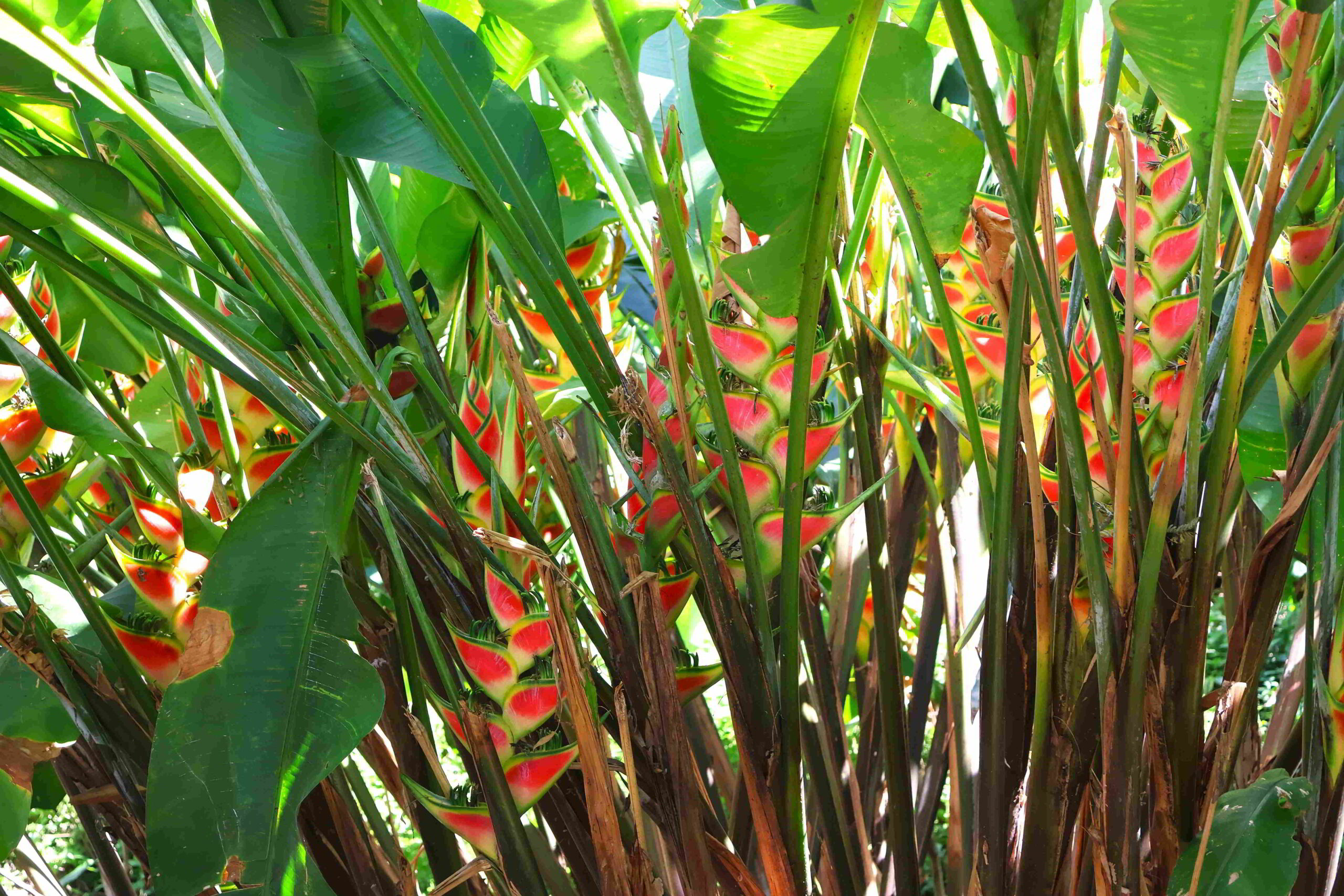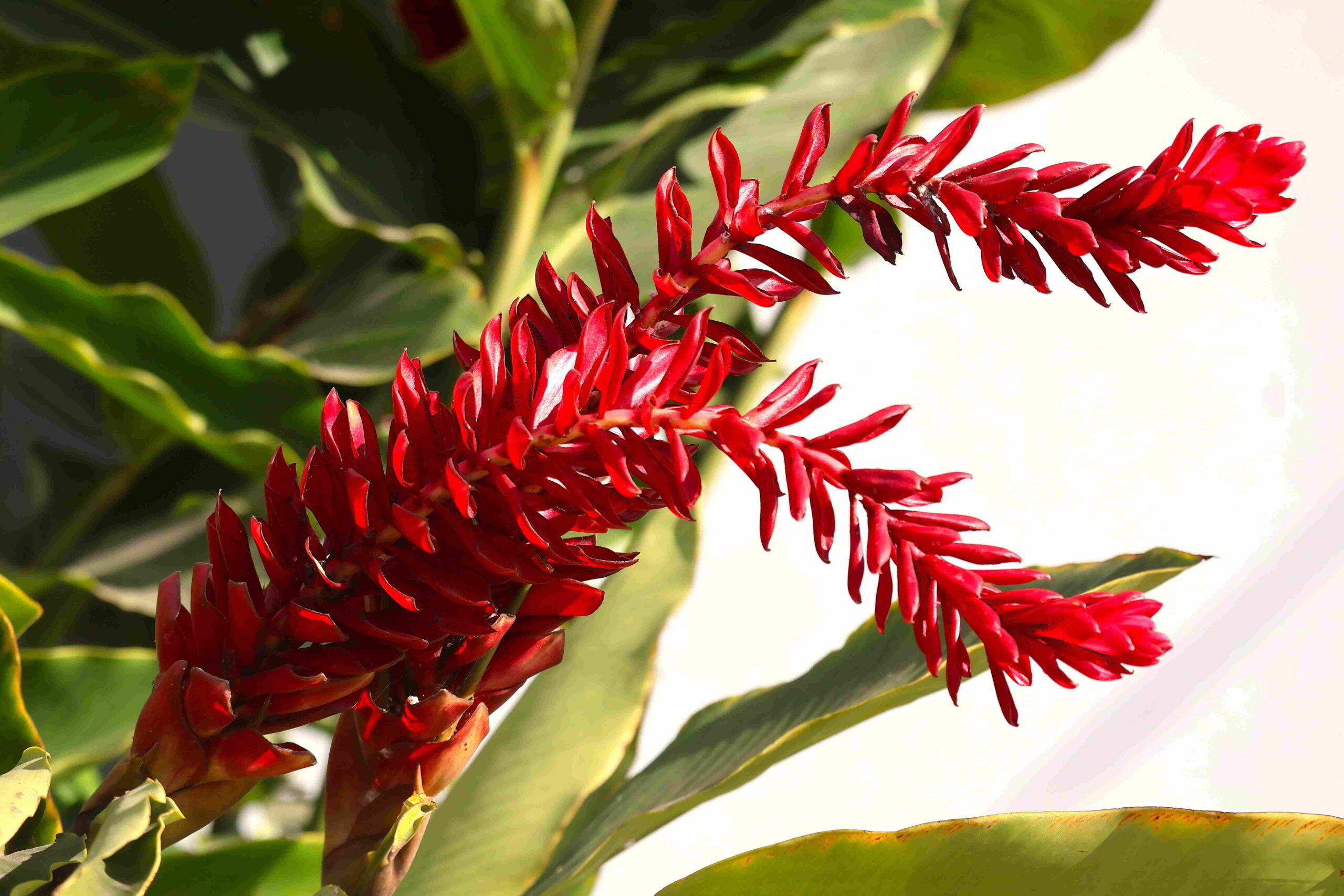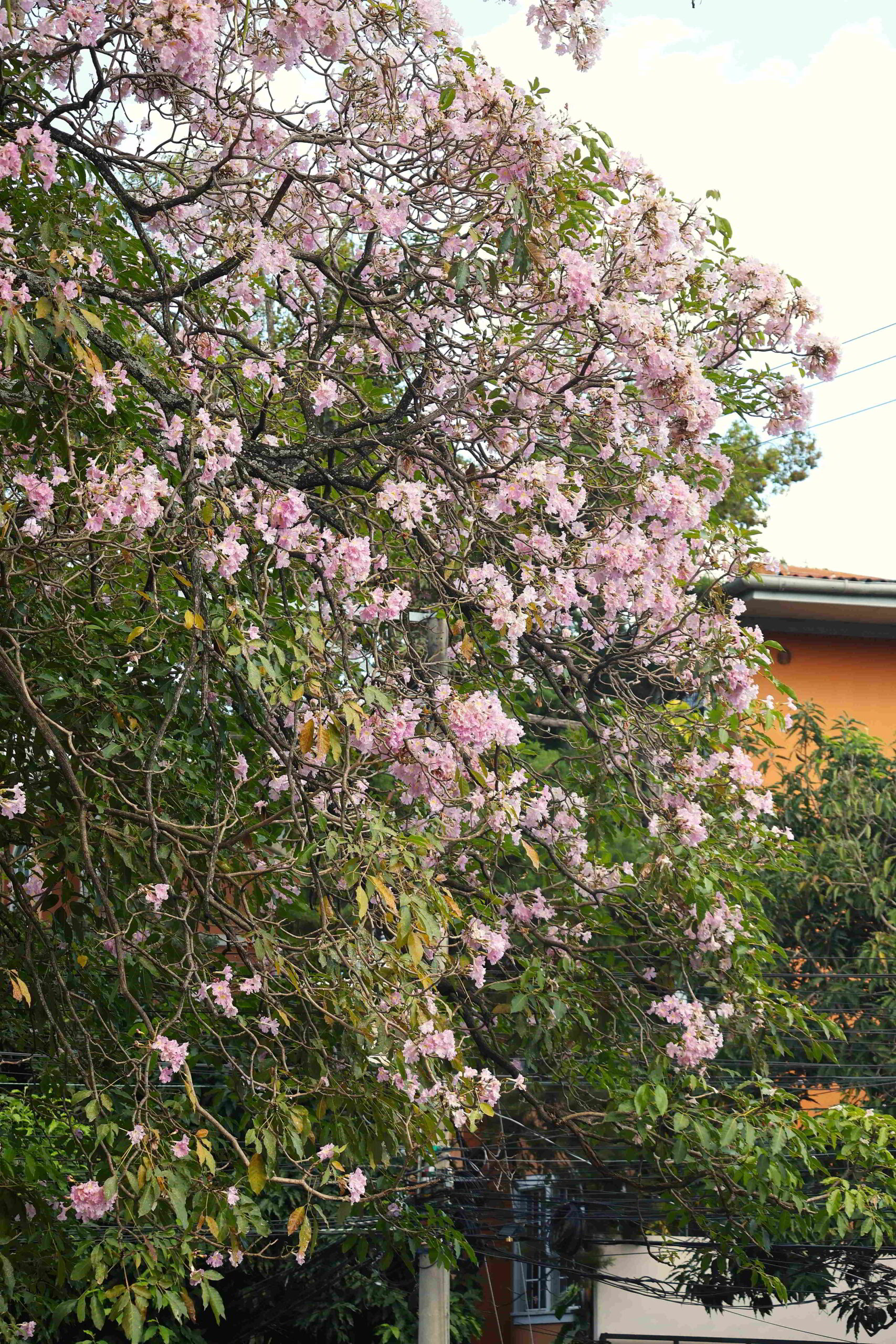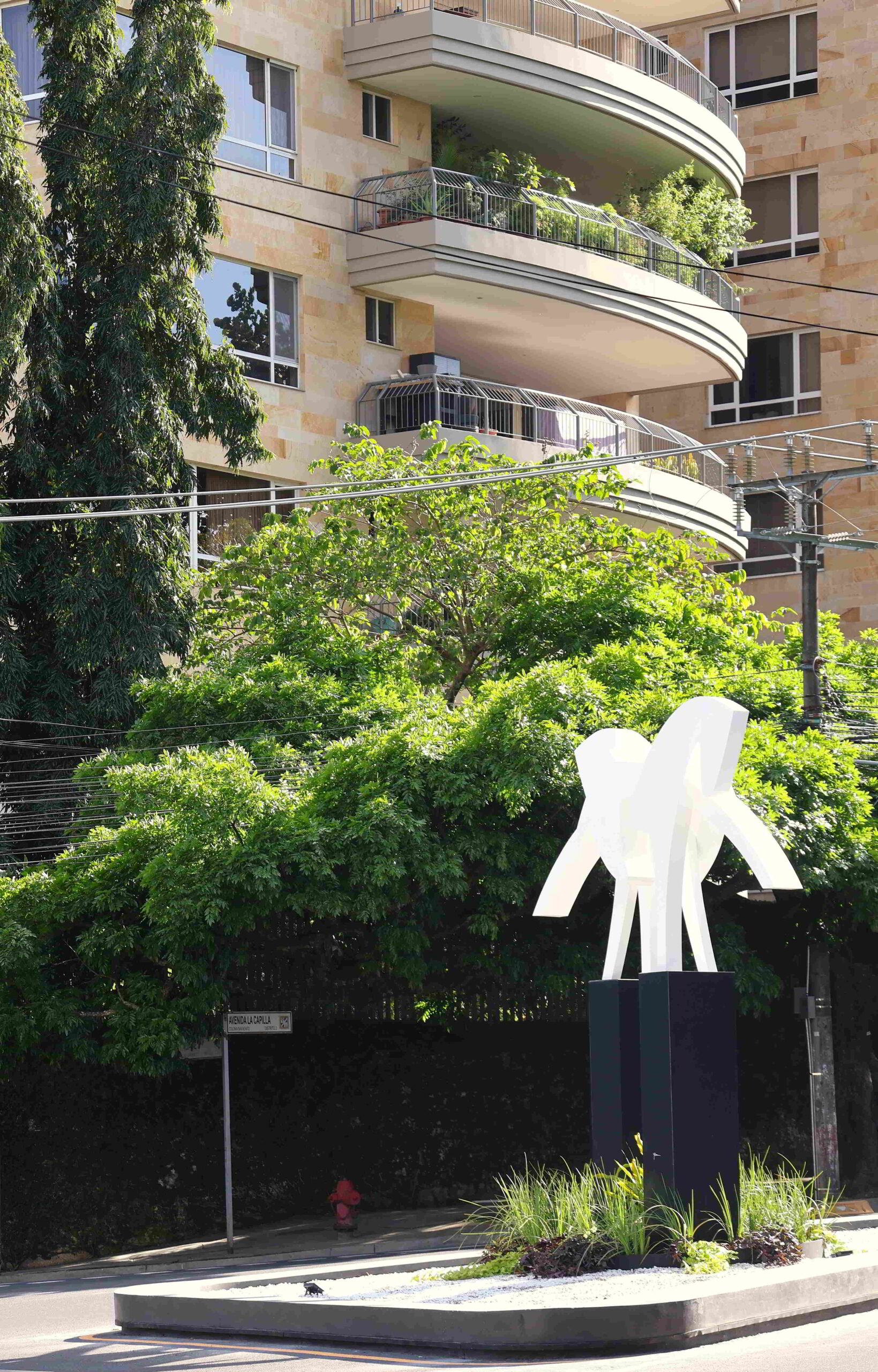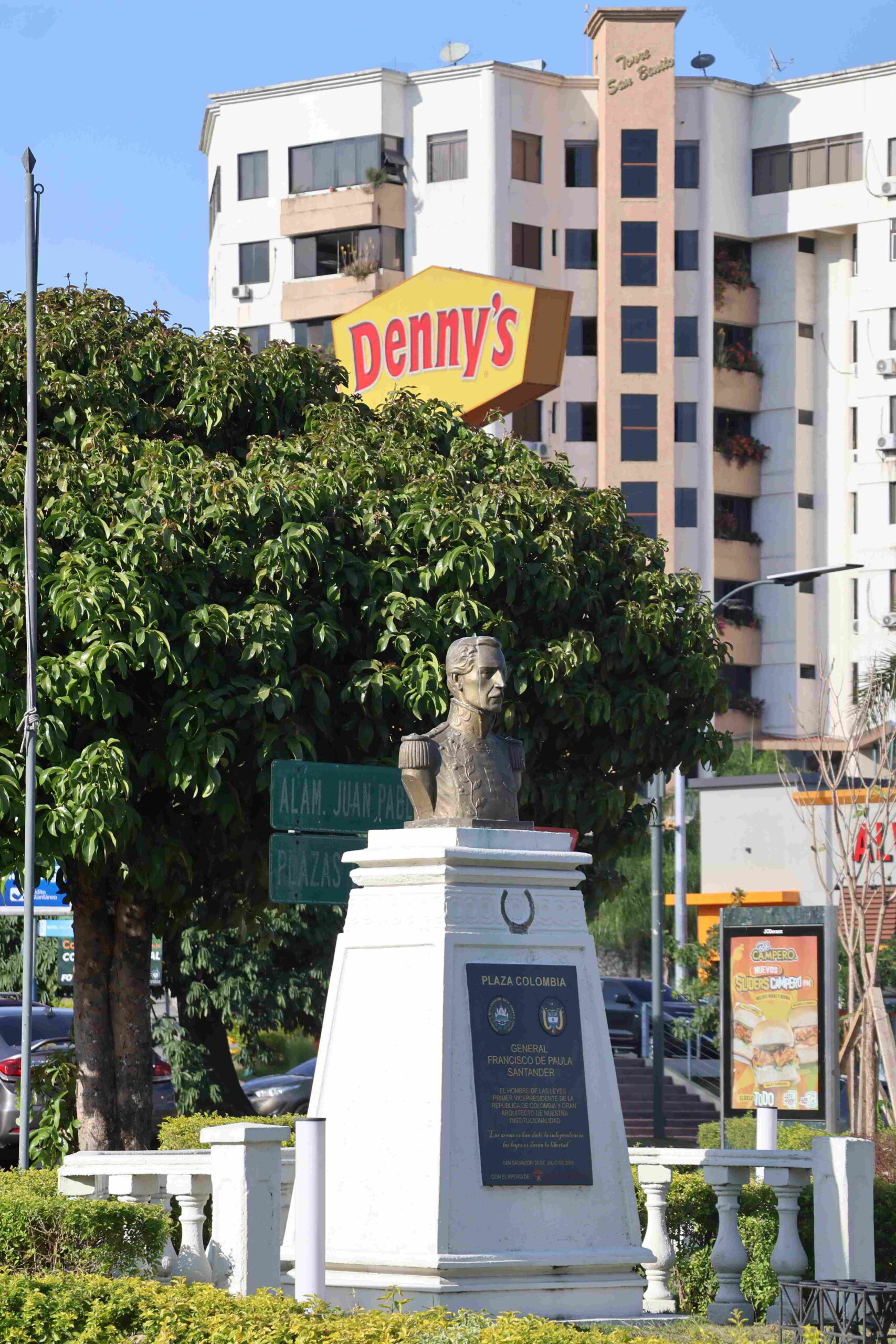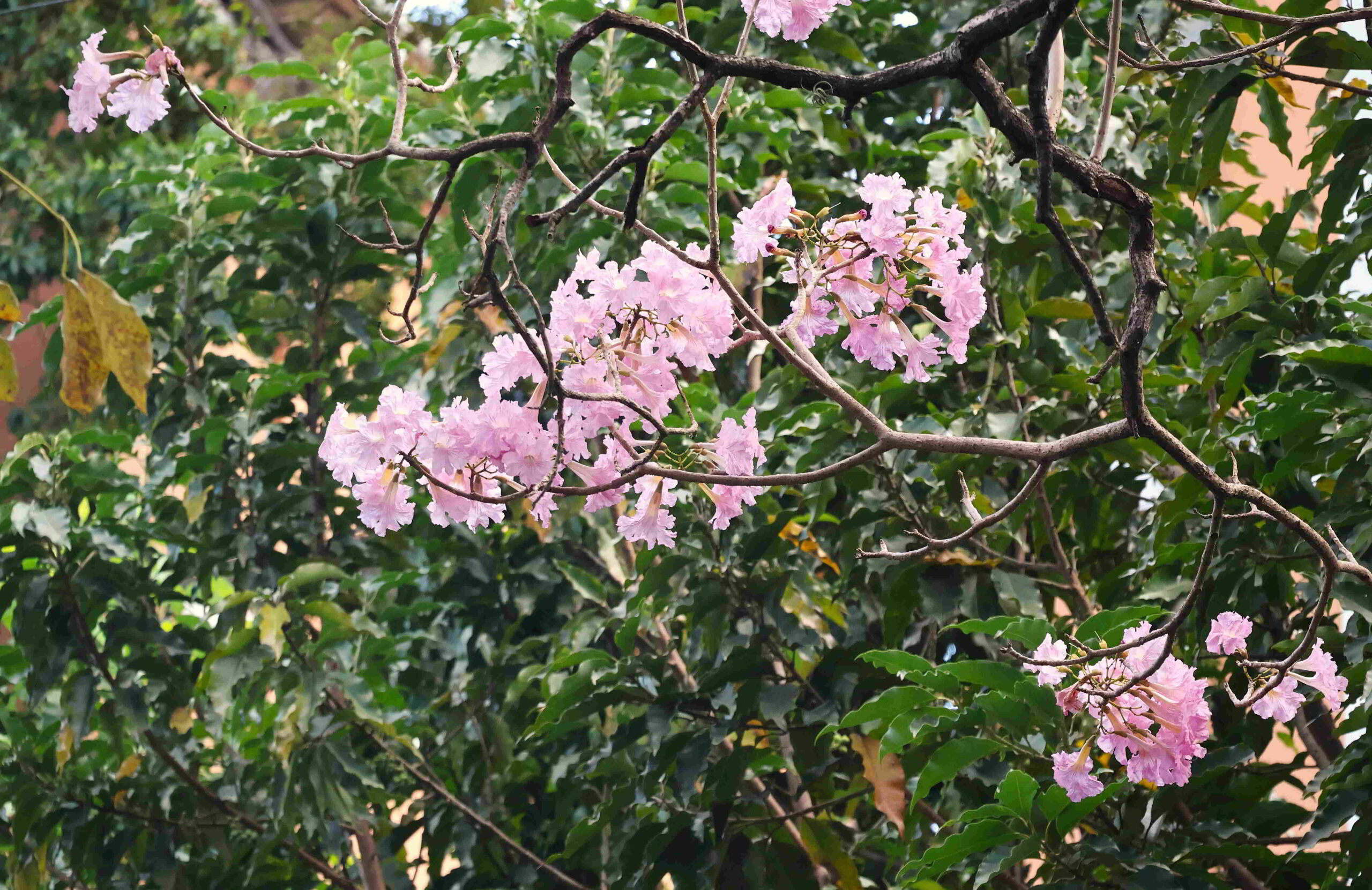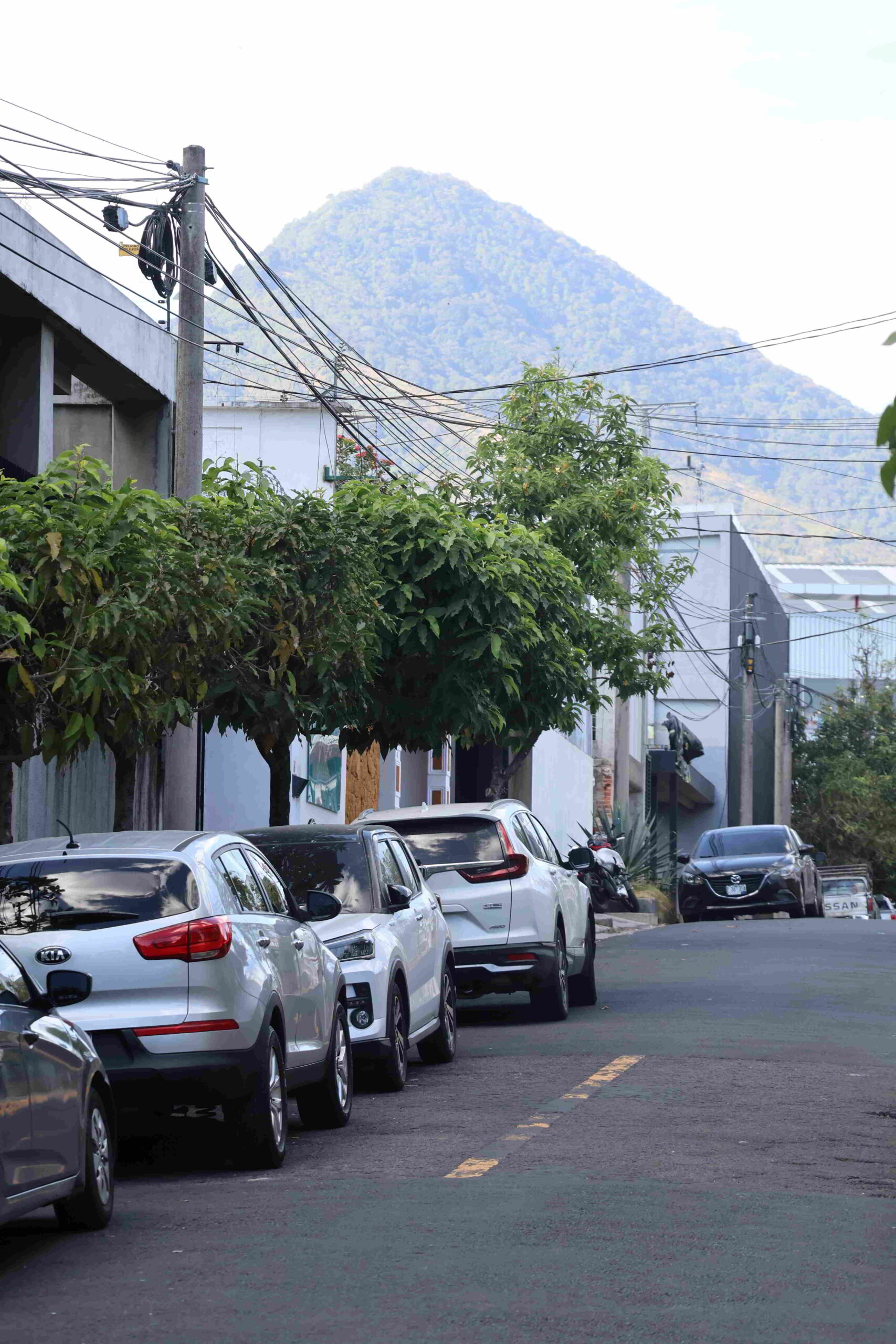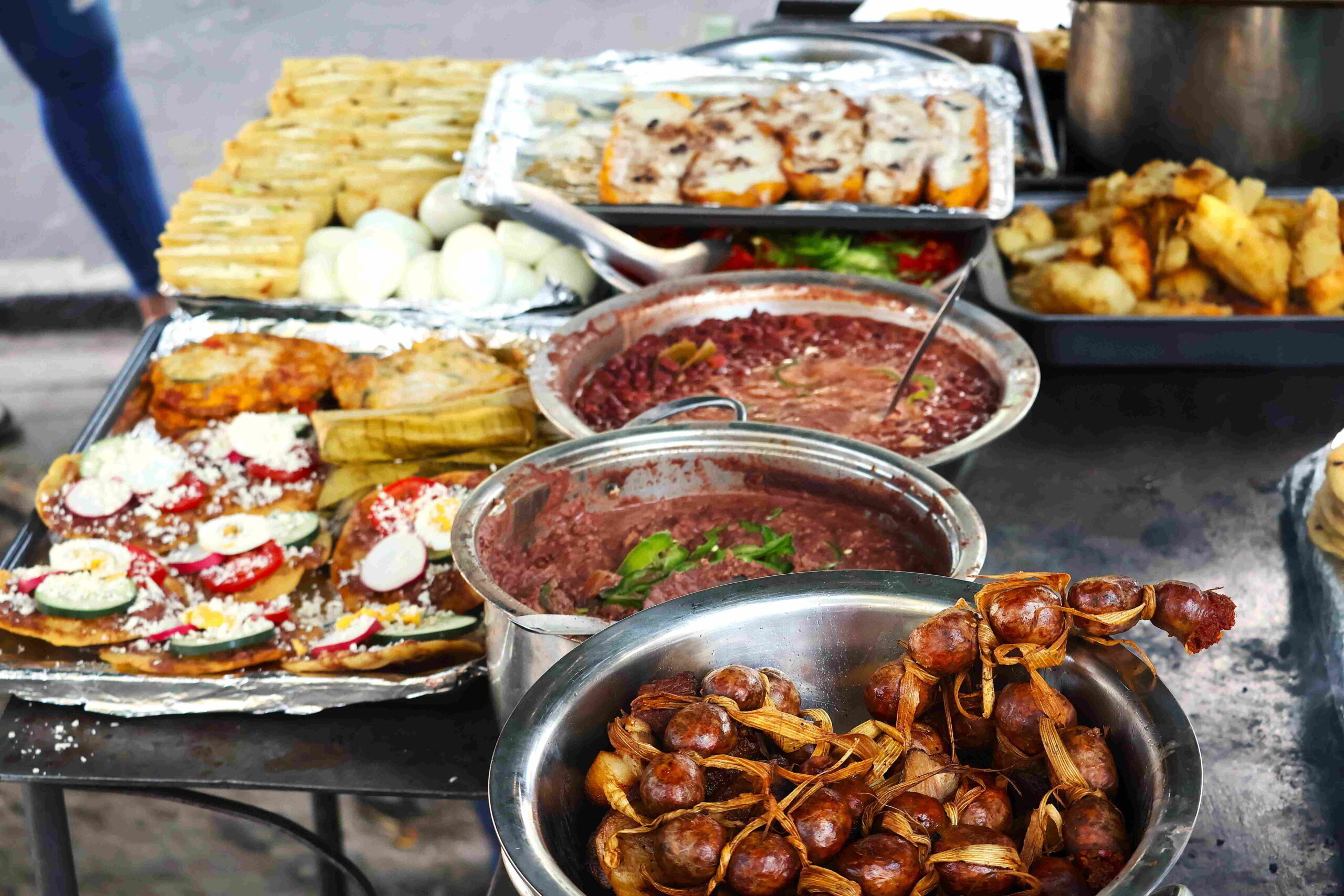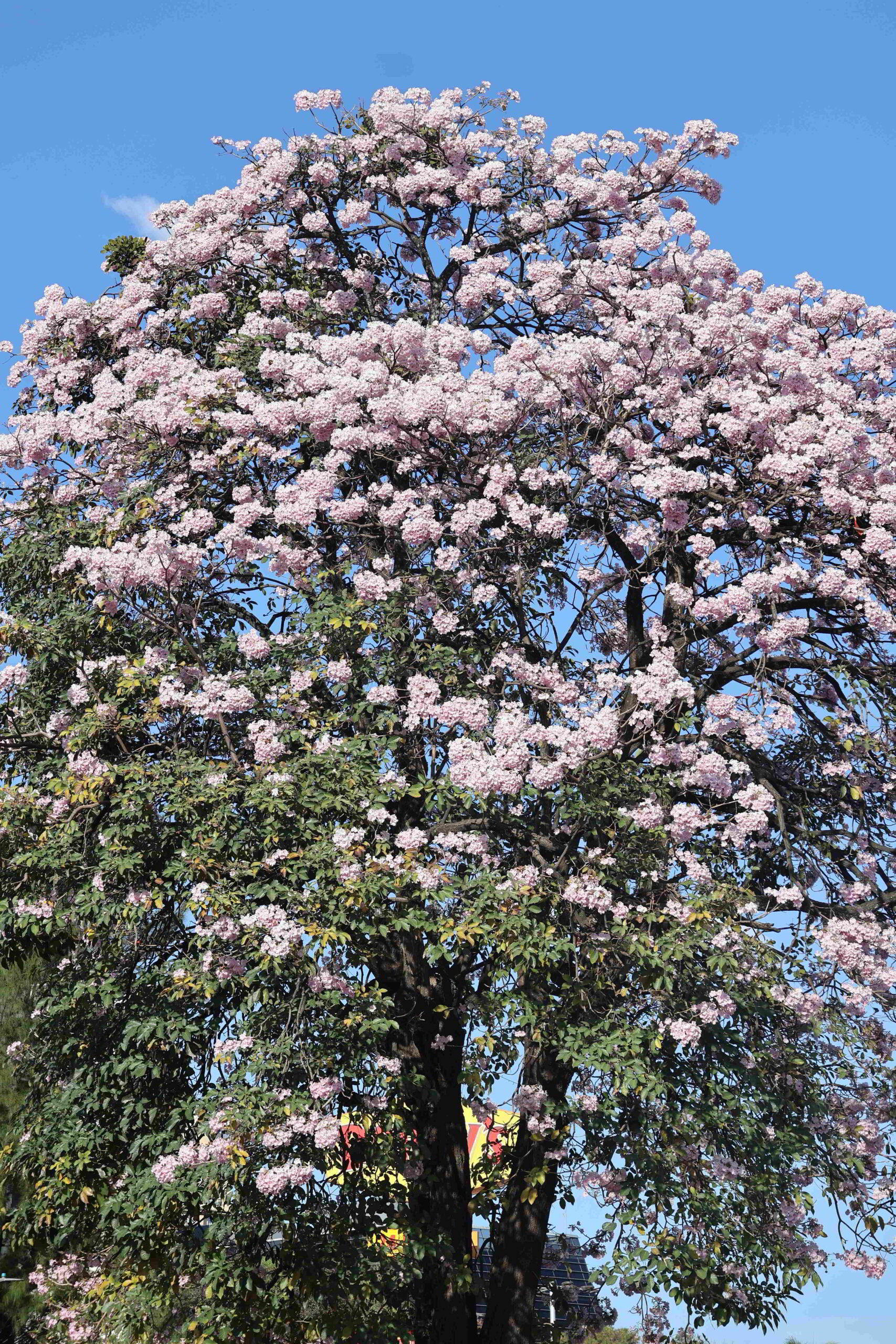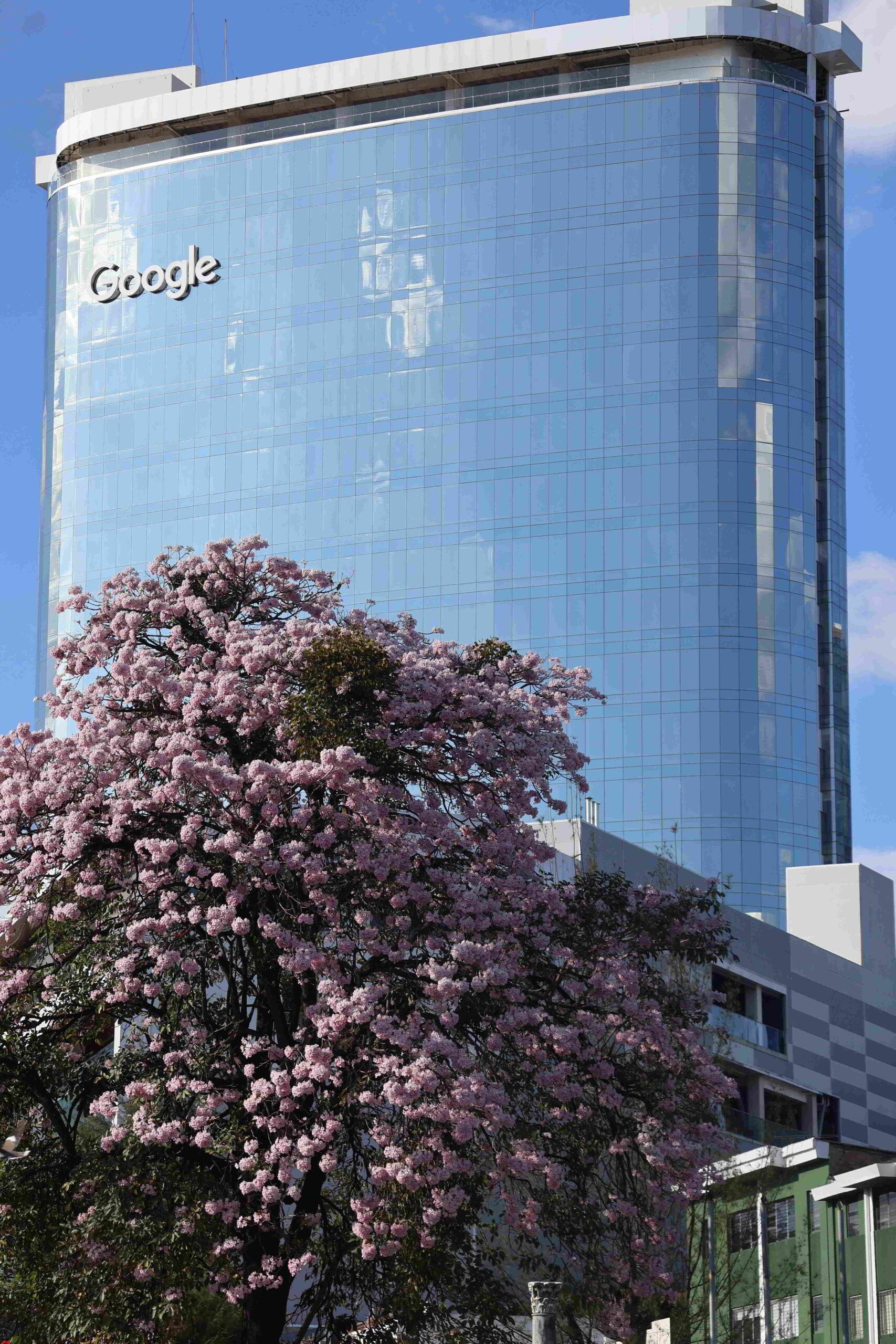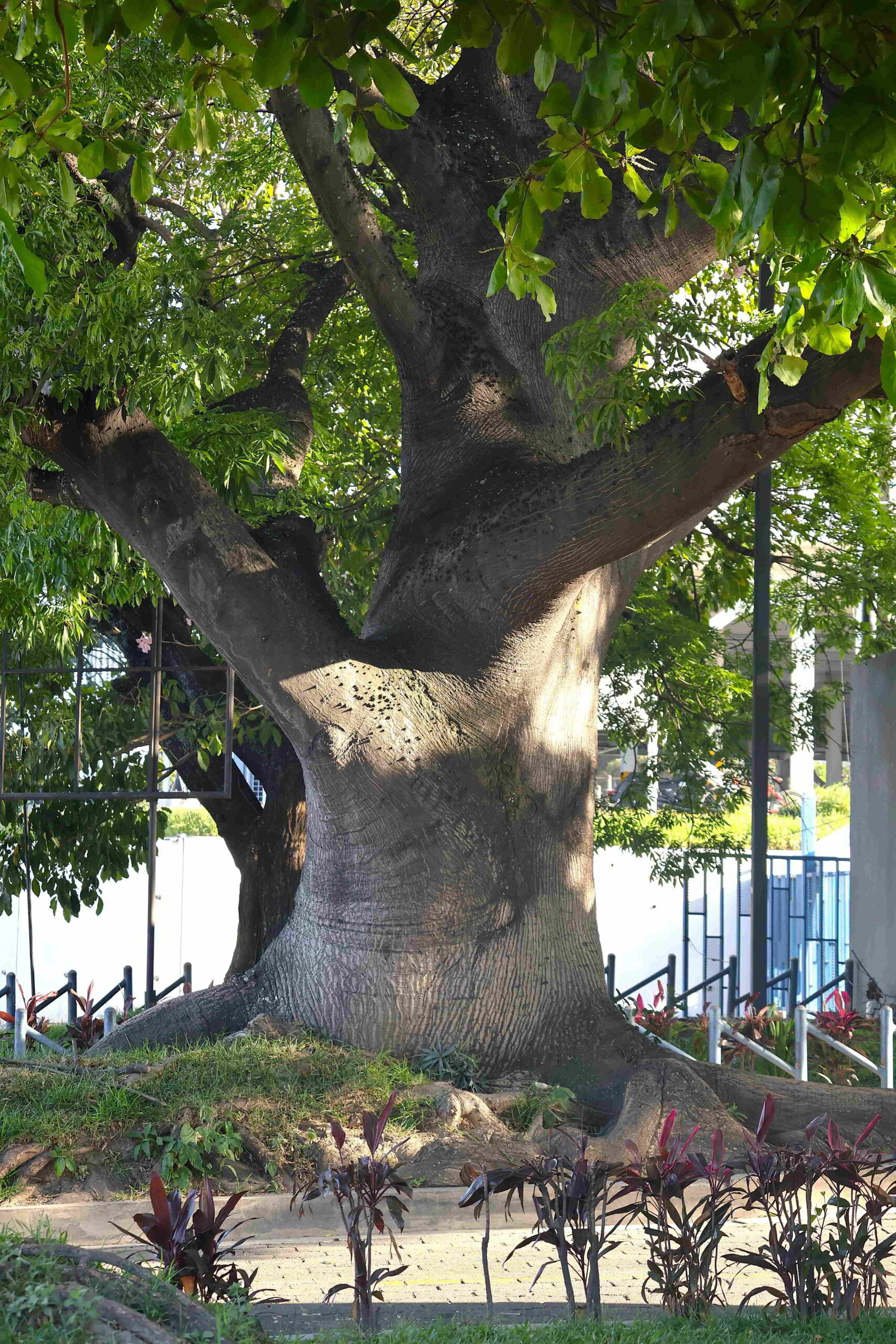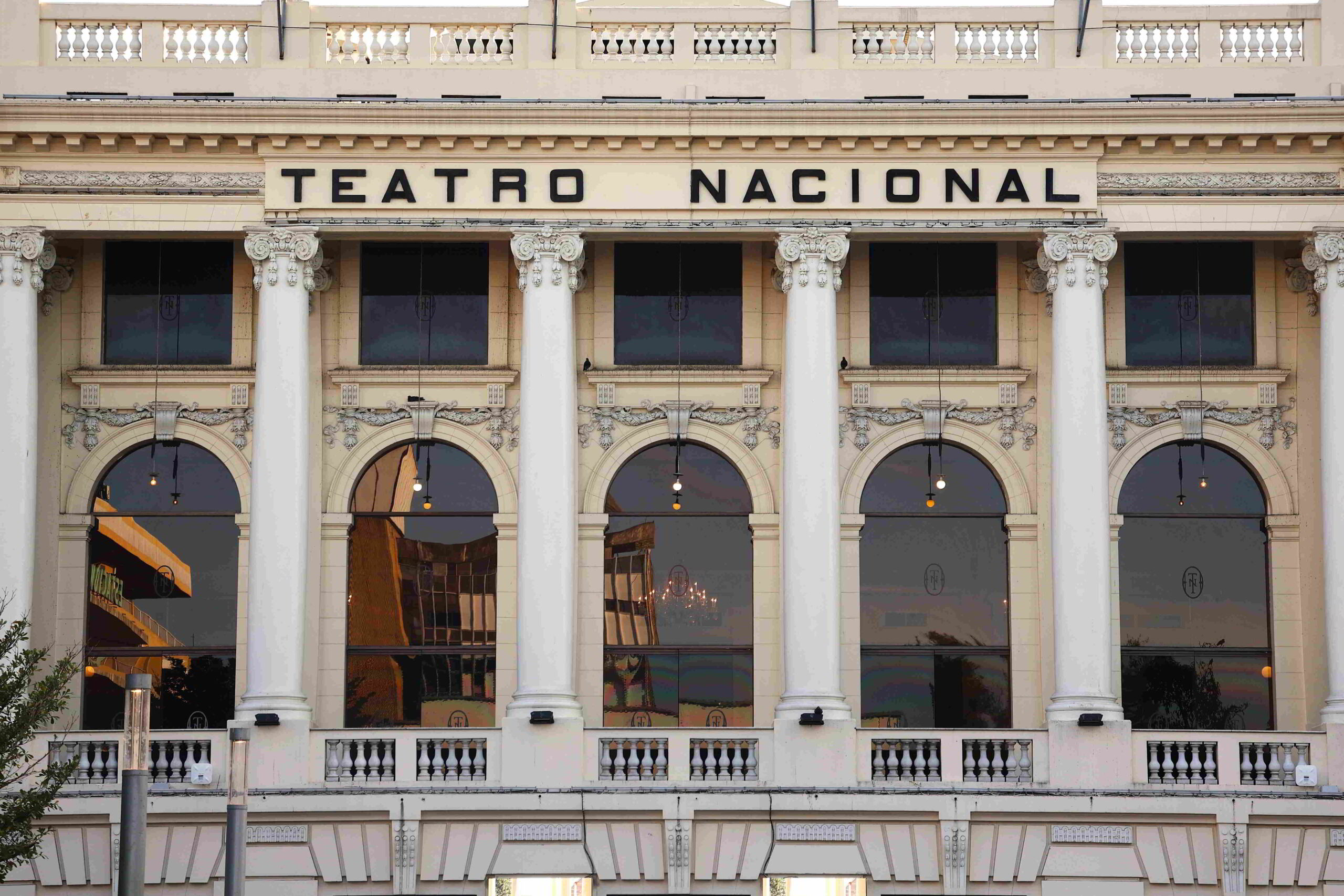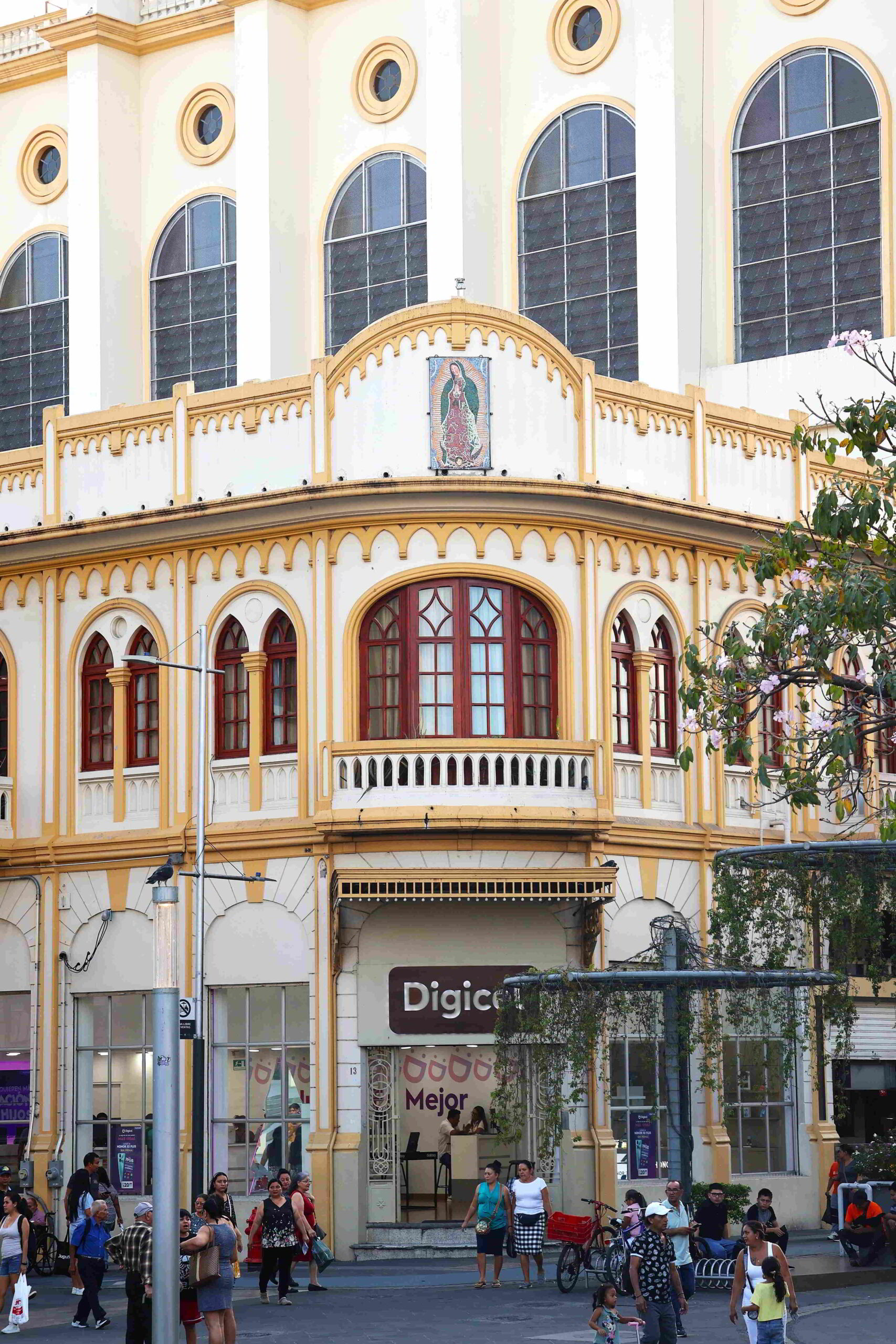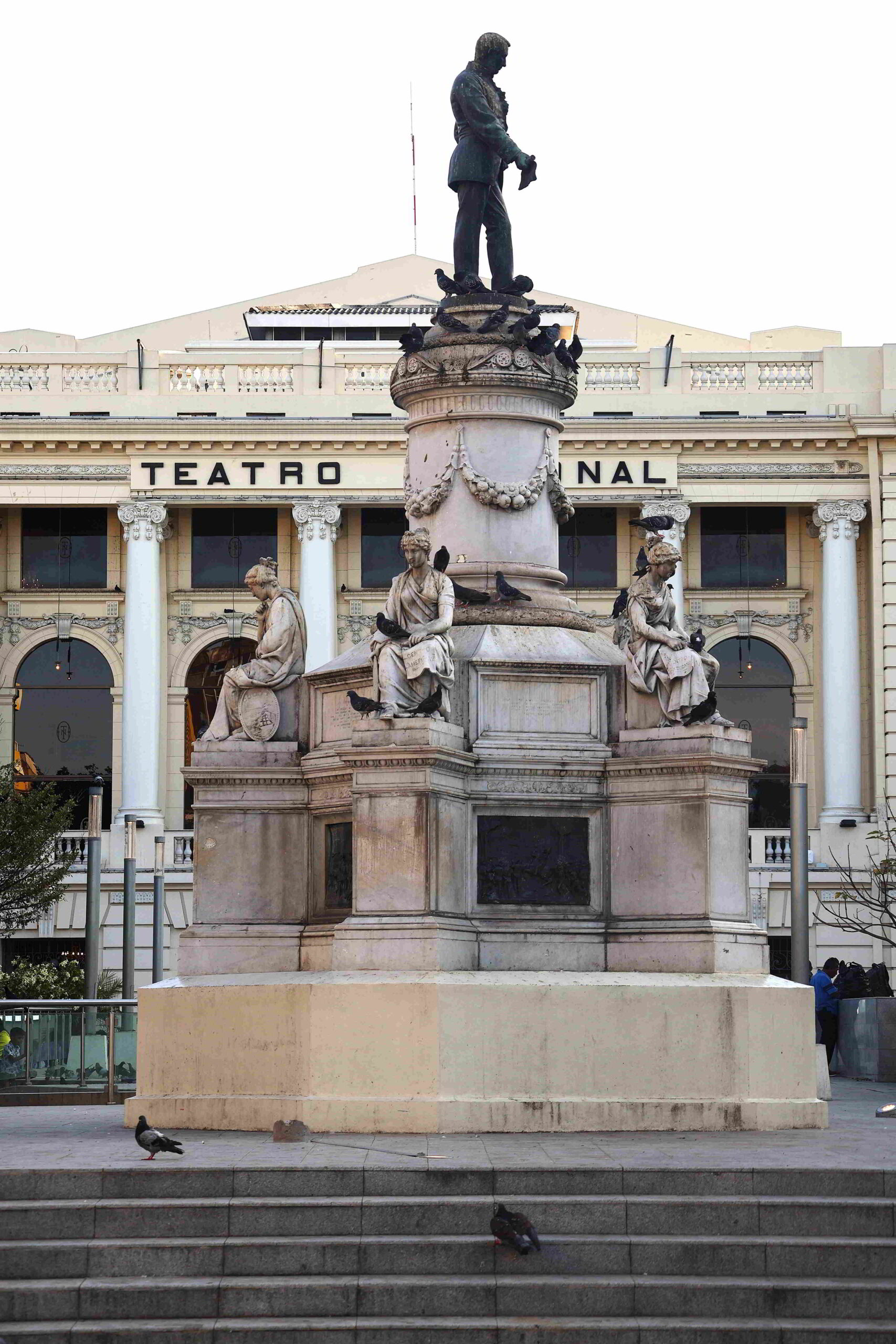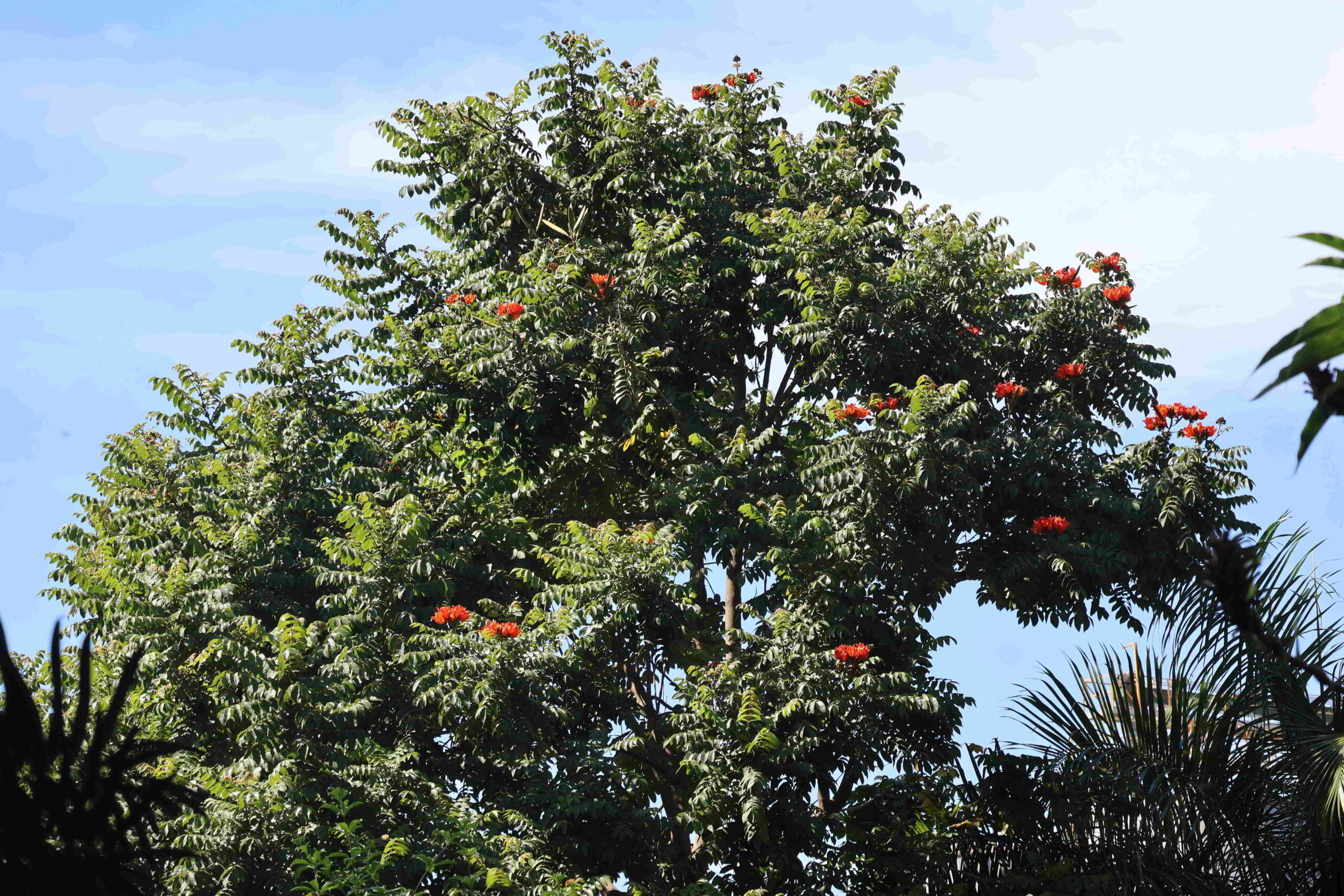February 1, 2025
Despite not having slept all too well, I am awake at the crack of dawn, preparing breakfast – or rather, attempting to cobble together something appropriately palatable – planning the day’s excursions, writing in my journal, and reviewing travel plans. And even though I remain focused the entire time, the clock rolls toward noon, then passes the 12 hour mark, a regrettable occurrence that seems to take place often when I travel. Due to the late start, I will focus on attractions in the area of the city, rather than visiting the pre-Colombian sites that are further out of town.
The day I was awaiting with trepidation. Today Trump imposes 25% tariffs on Canada and Mexico – but only 10% on China? What is his endgame? Stemming the flow of illegal immigrants and fentanyl? By his own admission, they don’t matter anymore – he’s imposing the tariffs no matter what. It seems he wants to bring Canada to its knees so that the country submits to being absorbed into the United States. Trump is about his reputation and fame, and nothing would amplify this for him than being responsible for dragging Canada into the United States. Even far worse humiliation would be the reality of becoming a single territory – it’s no secret what privations the likes of Puerto Rico has endured – and the entire vast country one single backwater of a territory.
Canada needs to conclusively forge a path forward of greater economic independence from the US. The debacle about building pipelines to ship oil out of the country is one big headache – the environmentalists are obsessed with keeping Canada “clean”, and yet we are simply relegated to maintaining economic subservience to the U.S., giving away our oil as cheaply as possible. Always running back to U.S. markets, because they are obviously easier. But then the country is completely isolated – we only have one neighbor, the giant to the south.
My immediate concern is how far the Canadian dollar will tank as a result of the tariffs – a real issue for me at the moment, considering that El Salvador uses the American dollar, and thus as I convert Canadian dollars to American, and as the Canadian dollar plummets, my costs escalate. It seems to be holding out at 68 cents to the U.S. dollar – not a great rate to begin with – but then it is also the weekend, and it could seriously crash on Monday. I should at least try withdrawing a substantial amount of money from an ATM this weekend, although it will turn out to be challenging in the usual way.
Only one floor below the Airbnb I am staying in, Rosa feeds the neighborhood cats on her stoop; passionate about the welfare of animals, she feeds the cats and dogs that have been abandoned by current and former neighbors. Her own five cats never leave the apartment, as they are fully vaccinated and maintained in good health, and she does not want her cats to be confronted with the wilder cats of the neighborhood that may be carrying illnesses or have other problems.
Her neighbors are not necessarily that receptive to Rosa’s efforts, blaming her for the fact that the feral cats abound, but their presence isn’t Rosa’s doing – she only takes care of them to the best of her abilities. I point out to Rosa that it isn’t just Salvadoreans that are irresponsible when it comes to treating domestic animals as toys – our shelters back home are brimming for the same reasons.
I am off to the botanical gardens to the southwest of the city; I could attempt to make the trip by public transport, but it turns out that Uber has a special treat for me – the availability of motorcycle taxis, the boon of the less developed countries in Southeast Asia, assuring relatively cheap travel. The motorcycle taxis don’t actually cost that much less, but give you much more of a sense of a city than riding inside a car, and particularly the attractive outskirts of the city. Further out, the main roads are lined with shining American big box outlets, mostly every flavour of restaurant chain available in the U.S.
The botanical gardens are a lovely place of respite, although hardly the most memorable such locale in the scheme of things. There doesn’t seem to be an enormous variety of plants, a lot of the grounds dedicated to tropical fill. It begs the question how much of this small and heavily developed country has remaining stands of indigenous forest, given how much of the land must be dedicated to housing, agriculture, and industrial/commercial development.
The gardens are divided into several dozen different sectors, groups of zones dedicated to unique climatic zones and plant species, including heliconia, bamboo, water lilies, vines, auracaria pines, hibiscus, African tulip trees, cycads, varieties of delicate orchids, padanus, ferns, palms, datura, torch ginger, and so much more. Paved walkways meander through the dense greenery designed to provide optimal views of the featured botanical offerings.
A set of ponds is spread through the site, the writhing mass of fish contained therein providing additional entertainment to the couples and families wandering through the bucolic setting. And of course, there are several stands offering snacks and drinks, which locals of course take full advantage of. The overall experience of visiting the gardens is peaceful and meditative, despite the numbers of visitors, but then I find locals to be quite respectful and considerate of their environment.
One of the top-rated coffee places in town is Viva Coffee in the Zona Rosa – well, there are probably many such places, but predictably, when something is that highly rated on the net, you can safely assume that said sites are sponsored and pushing products and services that may be good, but also correspondingly expensive. Viva Coffee is a glass-encased approximation of Starbucks in a mini-mall not far from the art museum, with a selection of artfully-prepared select local beans.
I choose the most expensive and highly recommended bean prepared with the V60 process, probably the best way of experiencing the flavour profile of the coffee. The resultant brew is served in a wide ceramic cup, a bad idea to begin with, as its bouquet can easily dissipate via such a wide opening. The coffee is clean, with a sparkling fruity palette, and with a reasonable sense of structure – but for U.S. $5 in a coffee shop in El Salvador? I doubt it – the cost of the pour-over as well as the beans they sell is a good reason to give local coffee a pass. If it was more reasonably-priced, maybe, but the experience speaks to the danger of trying to experience quality in a pretentious setting.
Walking toward the art museum, the area looks visibly wealthy, what with the impeccable high-rise towers on compounds encased in barbed wire and brilliantly flowering trees and shrubbery, all very seductive, but only up to a certain point, knowing full well that liberally pointing a camera in various directions could be an invitation for serious reprisals.
Something much more prosaic and inviting awaits me at the Calle Circonvalacion as it feeds into the Calle Revolucion leading up to the art museum at the crest of the hill – an improvised outdoor eatery, serving a variety of dishes to clients either to go or seated at the adjoining table. What is extraordinary about the dishes offered is the variety and quality, stewed herbed cassava and plantain, kidney beans with green pepper, a variety of pupusas, plantain baked with fresh cheese, open-faced pupusas prepared with a variety of condiments, spicy sausages, tamales and more, the selection of dishes I taste truly memorable and offering a very inspiring insight into local cuisine, although I certainly can’t imagine this calibre of street food being that common otherwise on the streets of San Salvador.
The Avenida De La Revolucion leads up the hill to the art museum, a grand boulevard flanked by low-profile modern structures speaking to a fair amount of wealth, and thrown into the mix, the massive glass-encased Google tower; the museum’s presence is marked by a concave tower showing a stylized figure of a naked man with his arms outstretched to the heavens. As dramatic as the introduction to the museum may be, it has been closed for some random event, which doesn’t even seem credible, considering there are only a few cars parked around the building.
Great, nothing like wasting visitors’ time, particularly since the closure was not indicated on Google Maps – not this morning, but it is now. I look around the adjoining Presidential Theatre, and will have to make do with a visit to the Dr. David J. Guzmán National Museum down the hill, next to the hospital complex – but it is shuttered this month as well.
I was concerned about not having enough time to see the sights in San Salvador, but given the earlier experiences of institutions being shuttered, it may be just as well – it certainly wouldn’t be worth making a point of staying here to visit locales that are simply closed on a whim. That said, from the exterior, these cultural institutions look promising and reflect a scale of offering that is typically only available in major cities in developing countries. The wealth and development visible around me certainly is little reflection of the social and economic challenges that the majority of Salvadoreans face.
Now, back to the centre of San Salvador to visit the National Theatre, the cathedral, and perhaps the library. The Uber motorcycle driver confirms that a lot has changed here in the last few years, the outlying areas of the historic district were definitely not to be broached, and yet now they are almost entirely safe.
While the area from around Parque Cuscatlán to the National Palace is largely rough and unkempt, beholden to large crowds of humble locals, the architecture is periodically quite astonishing, the streets lined with many reasonably intact exemplars of neoclassical or Renaissance-style buildings that seem unused or underused, but whose character reveals a tremendous underlying potential.
The area closer to the National Palace is a quagmire of construction, revealing the extent to which renovation and renewal is being carried out. This will spell tremendous opportunities both for local commerce and also tourism, which has already leapt dramatically with the improvements in security the country has experienced.
The $5 price tag and limited time available to view the National Theatre suggests postponing the visit for another day. Since it will get dark soon, perhaps a quick walk around the centre is in order, a trip to the ATM, then the highlight of the day, the trip on the 10 bus back to the colonia Montserrat. The enormous square that joins the library and National Palace is packed with people, in fact, there are huge throngs everywhere, particularly in the rough and tumble area leading into the markets to the east of the palace.
I am surprised how quickly the character of the environment degrades in the immediate vicinity of the noble structures that mark the dead centre of the city; however, the markets speak to the needs of the populace, and there is certainly no lack of energy here, what with the hordes of people and vendors. Vaguely motivated to buy some more fruit, I eventually turn around and return to the main square, given that I just don’t want to countenance having to weave through such huge crowds.
Traffic access has been blocked around the library, so the streets are relatively calm, the throngs limited to the squares and the adjoining rows of fast food outlets selling pupusas, soft drinks, and other deep fried fare – but where are the ATMs I would expect of any city centre? Judging by the paucity of office buildings, it seems that the area simply does not attract much of a moneyed crowd, hence the limited availability of bank machines.
When I finally locate a Banco Agricola ATM a block from the library, the withdrawal fee is $5.50 for a ceiling amount of $250. I don’t think so. And there seem to be no other banks close by. I will try again tomorrow (Sunday), as I expect the Canadian dollar to plummet on Monday – I also need to find out which banks charge the lowest withdrawal fees and have the highest withdrawal ceilings.
There are massive crowds everywhere in the centre now – and also, a lot of police, military police, soldiers, police, and other uniformed security. But why? It turns out that the president is speaking at the library – accompanied by the U.S. Secretary of State Marco Rubio – which of course means that I can’t just wander into the library, either. So much for the afternoon’s sightseeing. The soldiers I speak with confirm that the security situation in the country has improved remarkably, and with it, El Salvador has experienced an enormous jump in visitors. What seems strange to me is that I see virtually no other European or American visitors in the central area of town, though. Do they only stay in the Zona Rosa in San Salvador?
It is dark as I climb onto the 10, the bus driver calling to me as I find a seat toward the middle of the bus. It seems I overpaid, the fare only being 20¢ – perhaps it is only 35 cents during the week? Well, he can keep the 15¢. The now familiar trip to Montserrat as the bus lumbers through the serpentine side streets to the southwest of the city, although still far from the furthest corners of San Salvador. Checking the map on my phone continuously, I nonetheless dismount too early, have a little bit of a walk past the fruteria, then am back in my quiet enclave, enjoying an evening that could easily have been far more exciting – but I simply had put no thought in making a worthwhile Saturday evening outing. But what could that involve? Partying away in some club in the Zona Rosa? Not likely …
